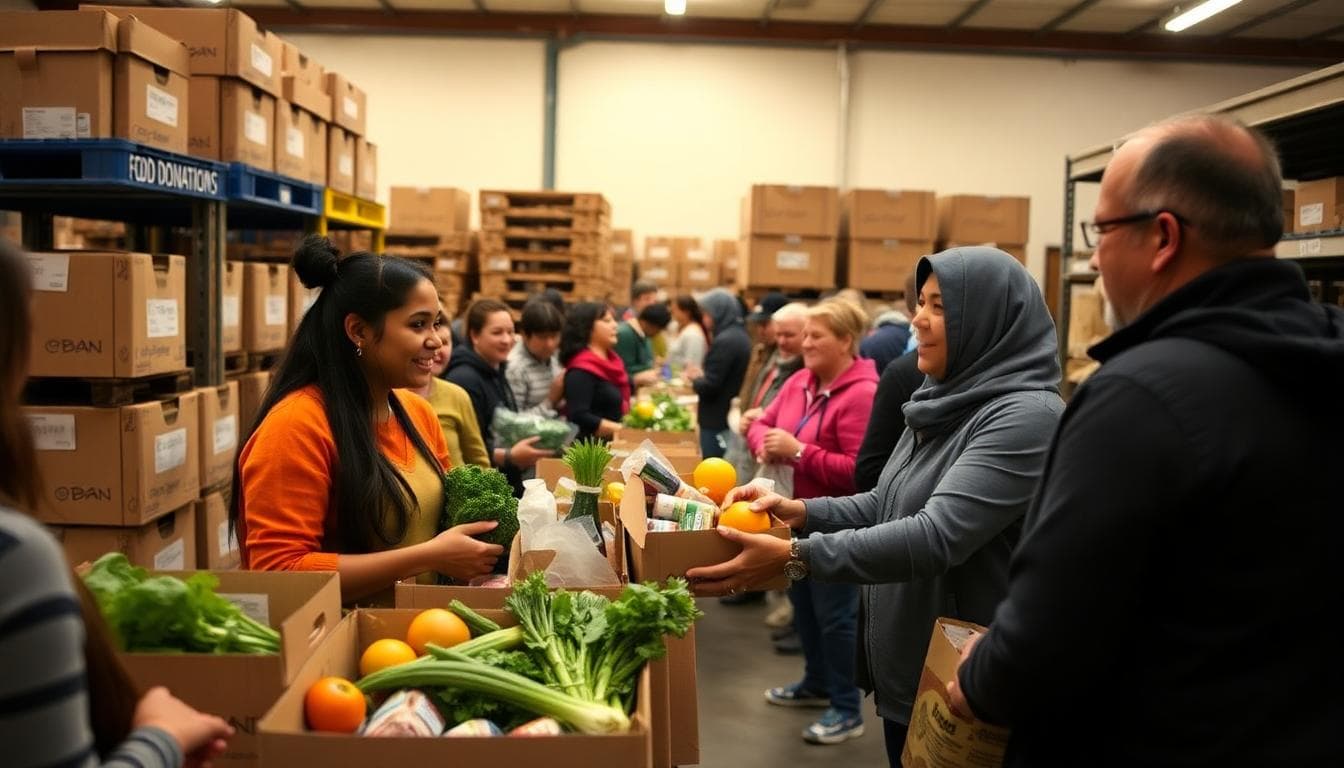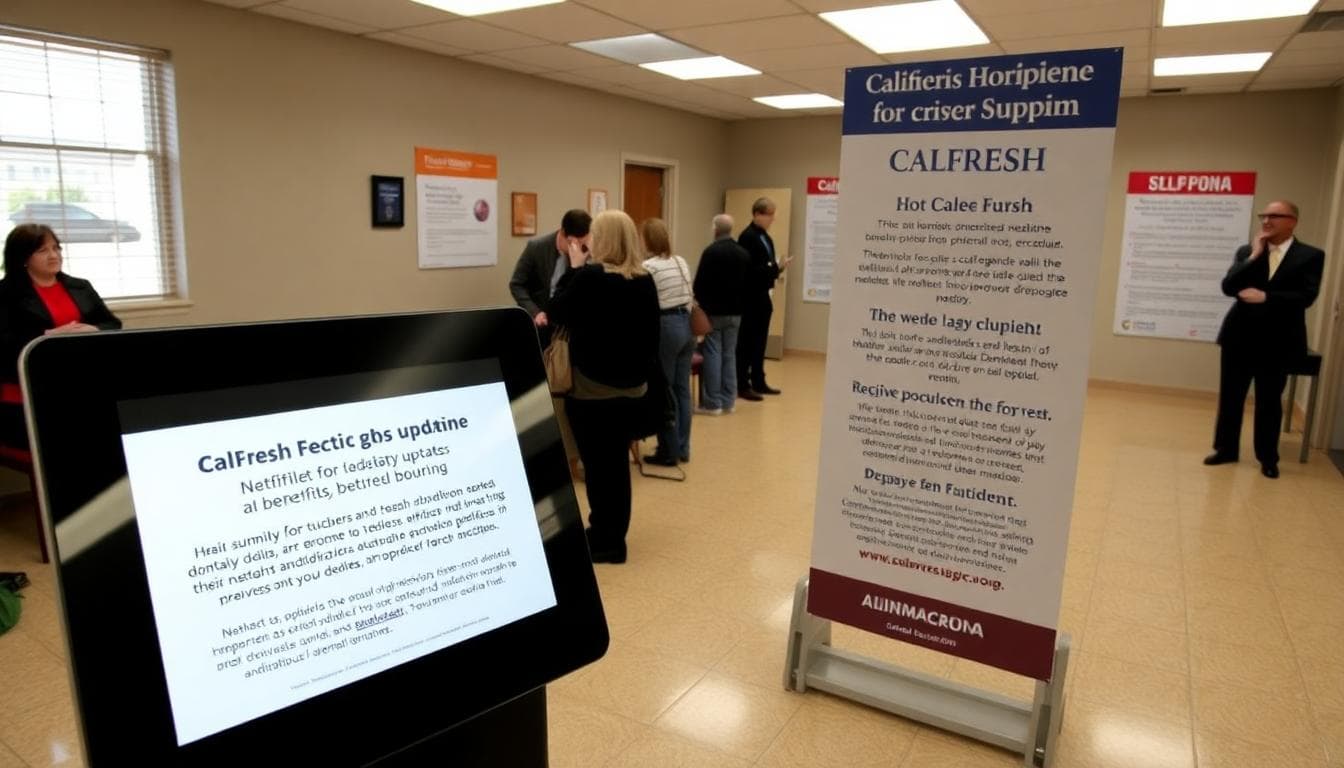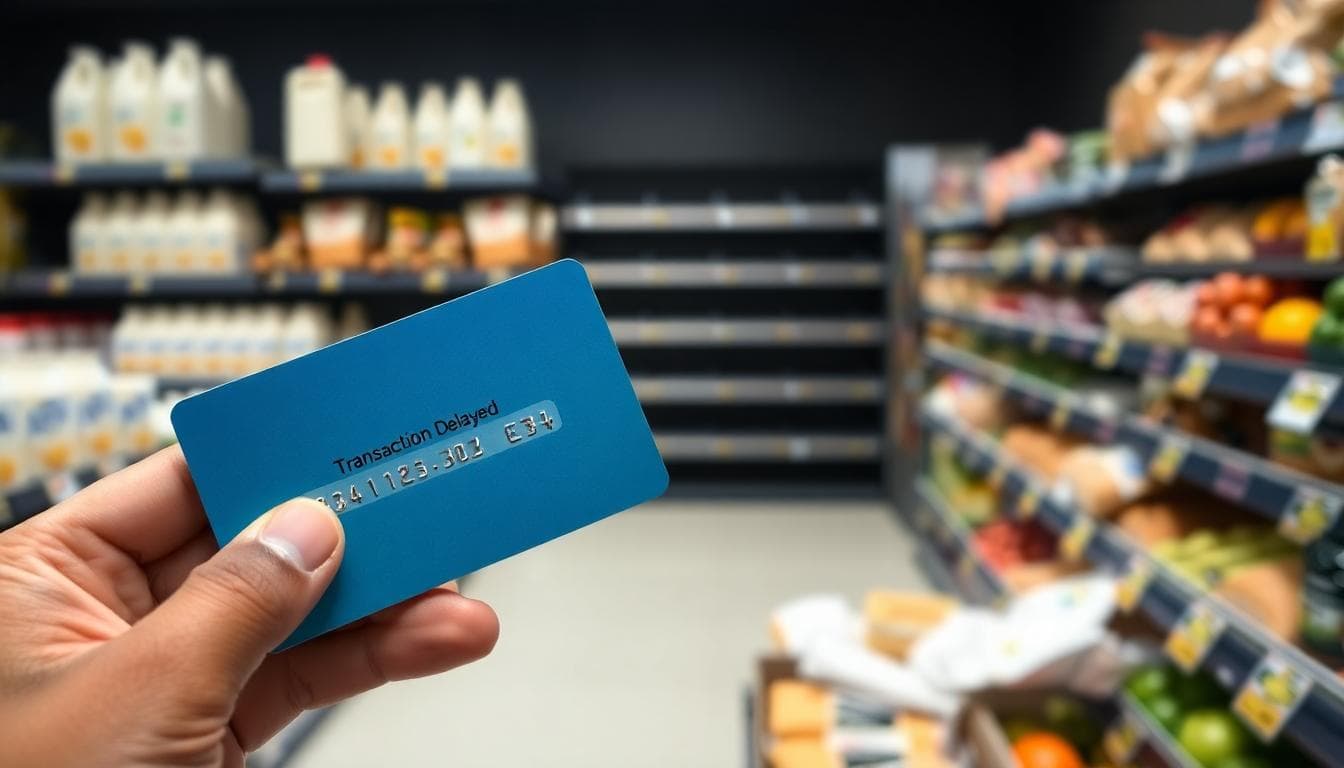Millions of Californians may see a delay in CalFresh benefits in November due to the ongoing federal government shutdown. The Governor’s Office says the federal government has told states to hold November benefit data. If Congress does not act to fund benefits or reopen the government, CalFresh funds may not load as usual next month. Roughly 5.5 million Californians rely on these funds to buy groceries each month, and many are children or seniors.
What’s happening right now
The California Department of Social Services has started notifying counties about the potential pause. Counties are preparing to alert households as soon as this week. The state notes that CalFresh is primarily federally funded. With the shutdown continuing, November benefits could be delayed for both current and new enrollees.
The first group likely affected are people who enrolled during the second half of October. If the shutdown goes longer, all CalFresh households could see delays in November. State-funded food programs may also be impacted if federal systems stall.
Who is most affected
- Families with children and seniors: Over 60% of SNAP participants in California are children or elderly. These groups are especially vulnerable to any gap in benefits.
- Households budgeting week to week: Many recipients plan grocery trips around monthly benefit load dates. A delay can quickly lead to empty pantries.
- New applicants: People approved in late October may not see timely card loads if federal data is on hold.

Key dates to watch
- October 23: If the shutdown continues and no funding action is taken by this date, California expects November benefit delays.
- Late October: Notices from counties to households may begin, explaining what to expect and where to get help.
- Early November: Usual load dates may not occur on time, depending on federal action.
What you can do to prepare
If your household relies on CalFresh, take steps now to reduce the impact of a late card load. These tips can help you stretch what you have on hand and plan for a gap.
- Check your latest case notices. Log in to your county portal or read mailed notices. Look for updates about timing.
- Plan a simple grocery list. Focus on staple items with longer shelf life, like rice, beans, oats, pasta, canned fish, peanut butter, and frozen veggies.
- Use store loyalty deals. Clip digital coupons and look for price-matched staples. Avoid impulse buys.
- Stretch protein. Use beans and lentils, eggs, and canned tuna or chicken. Add vegetables and grains to make balanced meals.
- Batch cook. Make big pots of soup, chili, or rice-and-beans. Freeze portions for busy days.
- Check WIC and school meals. If you qualify, WIC and free or reduced-price school meals can help cover gaps for kids.
- Reach out early to local food banks. Many food banks are preparing for higher demand. Find distributions before lines grow.

Where to get updates and help
- County social services: Call your county office or check its website for CalFresh updates. Many counties post real-time notices.
- California Department of Social Services (CDSS): Watch for official guidance and alerts on CalFresh timing.
- Local food banks and community organizations: Search for distributions near you and confirm hours before you go.
- School districts: Ask about meal services during school days and any weekend backpack programs.
What this means for communities
When CalFresh loads are late, it affects more than one household. Grocery stores may see fewer purchases early in the month, then spikes if funds arrive all at once. Food banks tend to see longer lines. Community kitchens, churches, and mutual aid groups often step in to fill the gap.
For neighbors and local leaders, the best support is clear information and simple, practical help. Share verified updates from county and state channels. Consider organizing food drives with lists focused on shelf-stable proteins, grains, baby formula, and hygiene items. If you can, donate to food banks so they can buy in bulk.
Frequently asked questions
Will my CalFresh card stop working?
Your card will still work, but new funds may not load on the usual date if the shutdown continues. If you have a remaining balance, you can spend it as normal.
What if I was just approved?
People approved late in October may face delays in getting their first benefits. Check your case portal, voicemail, and mail for updates.
Can the state cover the gap?
CalFresh benefits are primarily federally funded. The state is coordinating communication and exploring options, but the federal pause on data and funding controls the timing.
How long could the delay last?
It depends on federal action. If Congress funds SNAP or ends the shutdown, benefits can resume. Until then, the timeline is uncertain.
Will this affect other programs?
The Governor’s announcement warns that a longer shutdown could affect additional programs. Watch official channels for updates.

Action steps for advocates, bloggers, and community leaders
- Publish local resource lists. Include addresses, hours, and eligibility notes for food banks, pantries, and community kitchens.
- Create simple meal guides. Share low-cost, five-ingredient recipes and batch-cooking tips. Add shopping lists with current sale items.
- Share verified updates fast. Link to county posts and the CDSS site. Avoid rumors; confirm details before posting.
- Offer translation and accessibility. Provide resources in English and Spanish at minimum, and use clear, large type for printables.
- Coordinate drives. Work with schools, libraries, and faith groups to host donation days focused on high-need items.
CalFresh helps millions of Californians keep food on the table. With the federal shutdown ongoing, November benefits may be delayed unless Congress acts. Check your county notices, plan simple meals, and connect with community resources now. If you have the means, support local food banks. Small actions add up when families need it most.
To contact us click Here .

